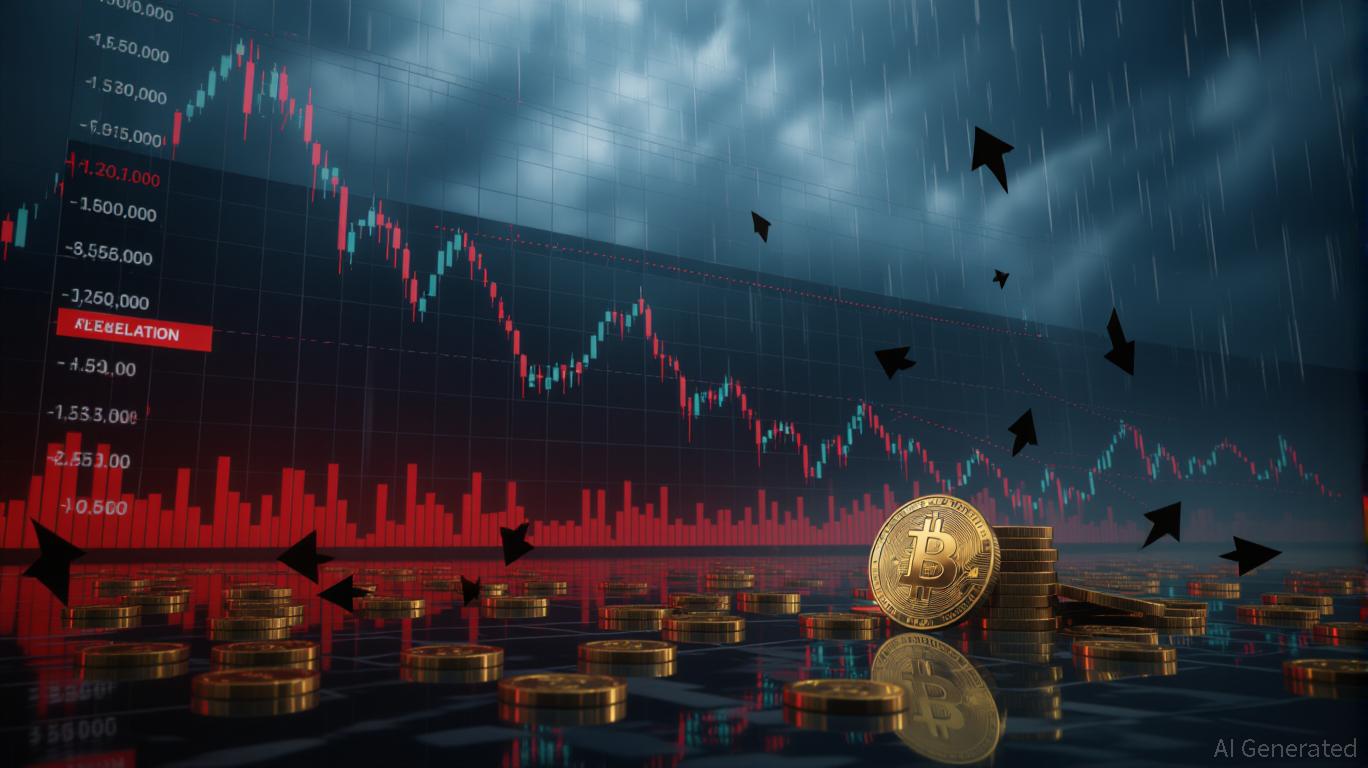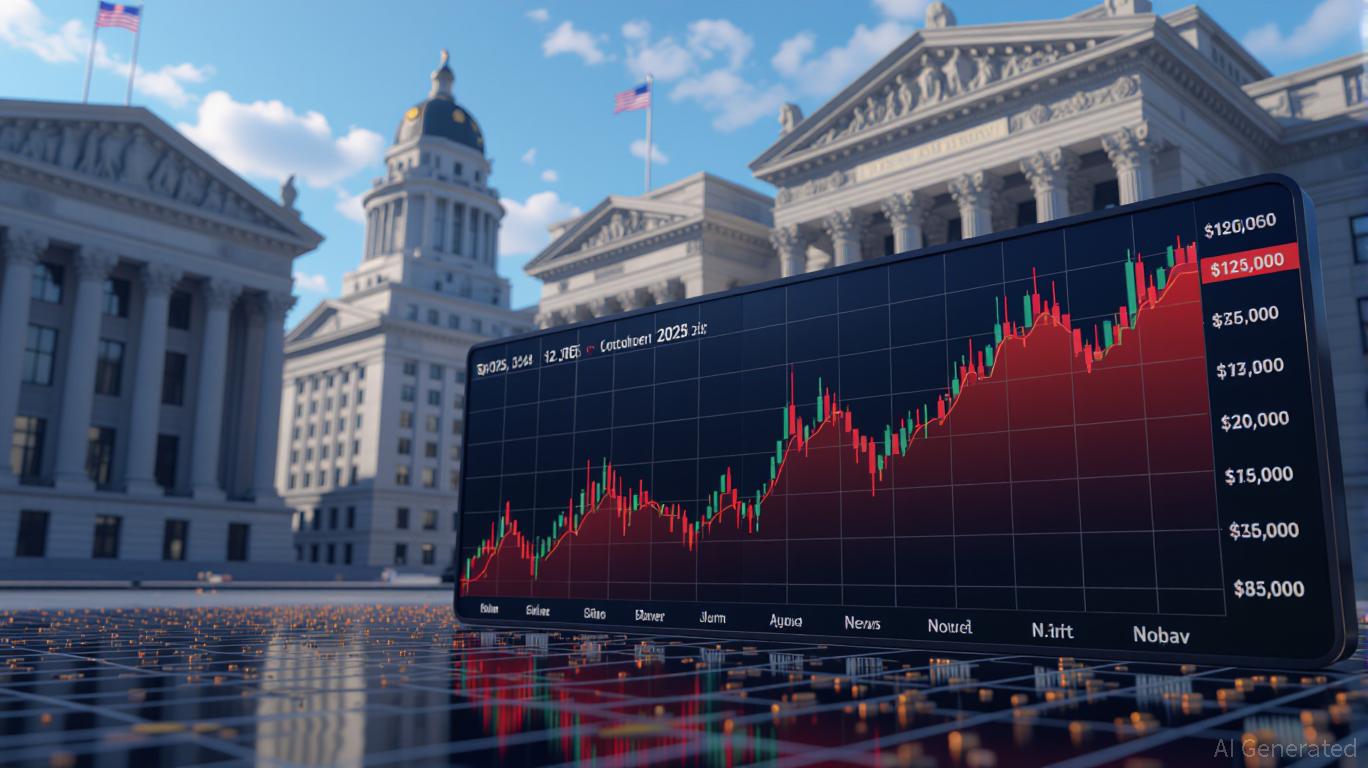Ruble-denominated stablecoin hits $500 million, defying Russian sanctions
- Ruble-denominated stablecoin defies Western sanctions
- $350 million growth in one day
- Moves more than US$1 billion per day
A stablecoin pegged to the Russian ruble, called A7A5, has reached a market capitalization of $500 million, positioning itself as the largest non-dollar stablecoin. The feat is impressive both for its volume and for the political and regulatory complexity involved.
Issued in Kyrgyzstan and backed 1:1 by ruble deposits, A7A5 now represents about 43% of the global non-dollar stablecoin market, based on data compiled by platforms like DeFiLlama and other analytics firms.
Despite several sanctions already imposed, the token shows resilience: it went from a range of US$120–140 million to rise an additional US$350 million in just one day, a jump of about 250%, surpassing competitors like Circle's EURC.
The project was launched in February by A7, a company majority-owned by Ilan Shor, a Moldovan businessman facing criminal charges, and the sanctioned Russian state-owned bank Promsvyazbank (PSB). The token is presented as a version of a "digital ruble," with daily passive earnings equivalent to half the interest on the deposits it supports.
Initially issued on the Ethereum and Tron networks, A7A5 gained traction as a settlement mechanism for transactions between Russian trading partners. Upon its launch, blockchain analysts linked the token to Grinex, the alleged successor to the Russian platform Garantex, which has been sanctioned by US authorities.
The project's official Telegram channel celebrated the milestone, stating that A7A5 "proved that a national digital currency can be not only an alternative to the dollar, but also a driver of global change." This stance, however, contrasts with the Western view, which sees a high risk of sanctions evasion.
Reports from TRM Labs indicate that the stablecoin currently moves more than US$1 billion per day, with total accumulated transaction volume exceeding US$41 billion. The token has been identified as a tool for acquiring dual-use goods through trade chains involving China and Central Asia, deepening regulatory suspicions.
Chinese jurisdictions account for nearly 78% of A7A5's monthly transactions, according to the Center for Information Resilience (CIR). Furthermore, the token has been expanding its presence in African countries, with registered offices in Nigeria and Zimbabwe.
During the Token2049 conference in Singapore, the project was highlighted with a booth and executive Oleg Ogienko's appearance on stage—generating debate about compliance rules at industry events. Despite claiming independence from Shor and PSB, regulatory documents show that both entities remain involved in A7A5's control, with 51% and 49% stakes, respectively.
Currently, the token is held by around 24 holders, and in recent months, more than $100 million in liquidity has been added via USDT on its decentralized exchange.
Disclaimer: The content of this article solely reflects the author's opinion and does not represent the platform in any capacity. This article is not intended to serve as a reference for making investment decisions.
You may also like
Bitcoin Leverage Liquidation and the Dangers of Excessive Exposure in Unstable Markets
- Bitcoin's leveraged derivatives markets face recurring liquidation crises, exemplified by the 2025 crash wiping $19B in a single day. - Historical events (2020, 2022, 2025) reveal systemic risks from overexposure, exacerbated by absent safeguards and retail investor herd behavior. - Behavioral biases like overconfidence and FOMO drive excessive leverage, while opaque market mechanisms amplify panic selling during downturns. - Institutional strategies (CORM model, hedging derivatives) and disciplined risk

The Untapped Potential for Infrastructure Investment in Upstate New York
- Upstate NY's Webster is transforming via $9.8M FAST NY grants, turning brownfields into a 300-acre industrial hub with upgraded infrastructure. - Xerox campus redevelopment and road projects boosted 250 jobs at fairlife® dairy, while industrial vacancy rates dropped to 2% vs. 6.5% national average. - Investors gain exposure through ETFs like IQRA/REAI or direct land acquisitions near power-ready sites, leveraging state-funded shovel-ready industrial corridors. - Governor Hochul's strategy positions Upsta
Turkmenistan’s 2026 Cryptocurrency Strategy: Government-Led Diversification Under Strict Oversight
- Turkmenistan will implement a 2026 crypto law under President Berdimuhamedov, establishing licensing, AML rules, and state control over digital assets to diversify its gas-dependent economy. - The law mandates mining registration, classifies tokens as "backed/unbacked," and grants the central bank authority over distributed ledgers, prioritizing surveillance over privacy. - While aligning with regional crypto trends, the strict regulatory framework risks deterring private investment due to state oversigh
Bitcoin’s Latest Price Drop: The Result of Shifting Macro Policies and Changing Institutional Attitudes
- Bitcoin fell 33% in late 2025 after hitting $126,080, driven by Fed policy shifts and institutional outflows. - Fed hesitation over rate cuts and delayed jobs data reduced December cut odds, triggering risk-off sentiment. - $3.79B ETF outflows and Solana migration highlighted Bitcoin's liquidity sensitivity amid regulatory uncertainty. - S&P 500 declines and $2B in futures liquidations amplified Bitcoin's November selloff amid macro-institutional convergence. - Long-term adoption by Harvard/Metaplanet an

